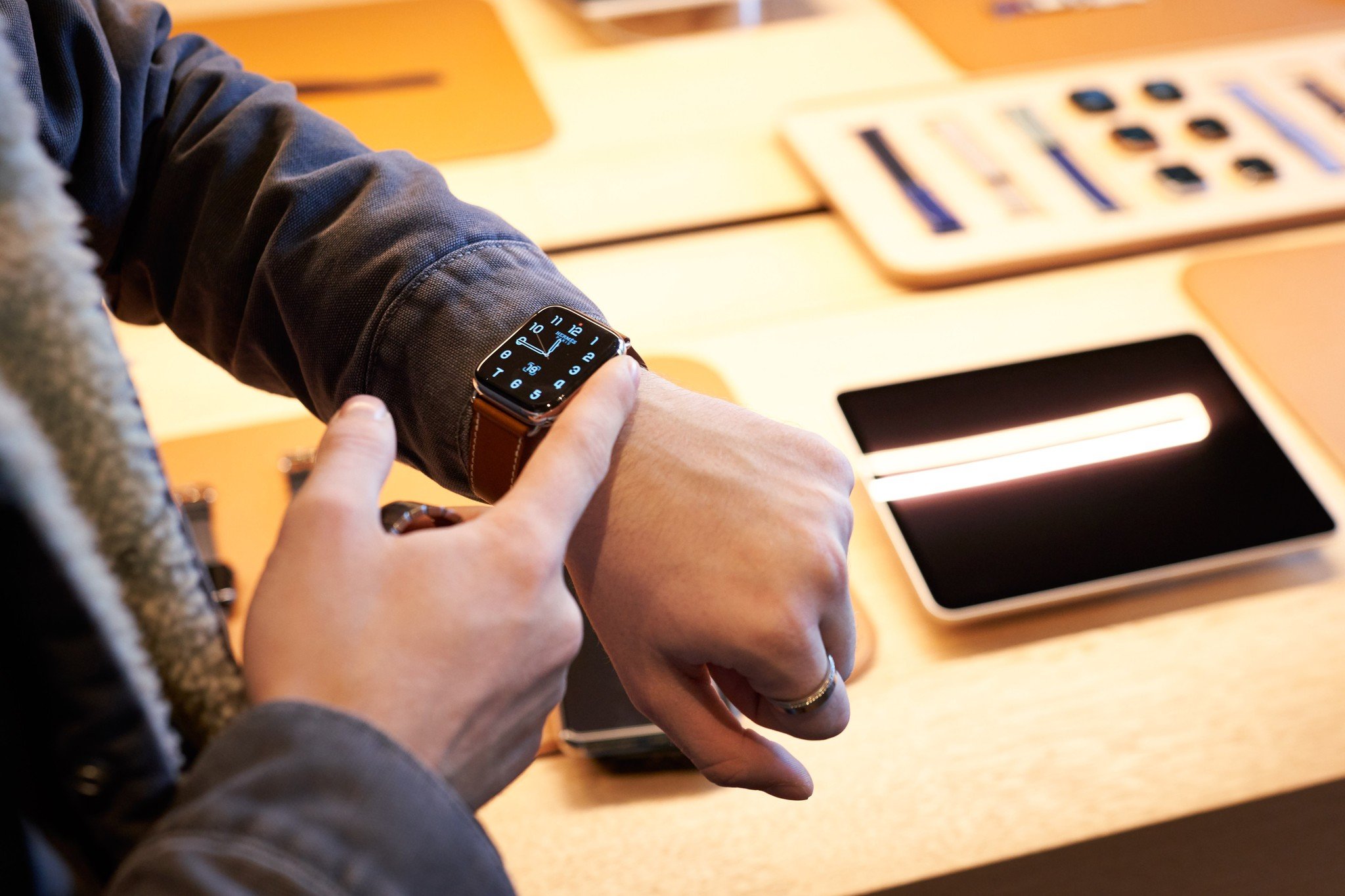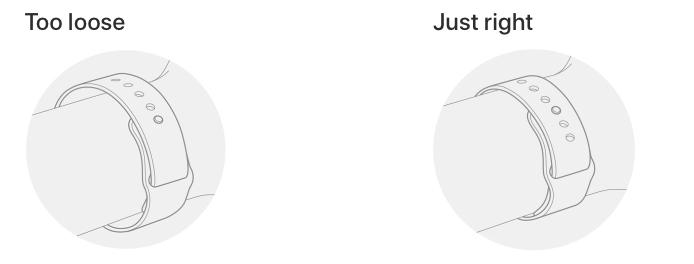Apple thinks you're wearing your Apple Watch wrong

What you need to know
- Apple has a new support article explaining how to wear an Apple Watch.
- Apparently putting it on your wrist isn't enough.
- If the watch is ill-fitting the various sensors can't work correctly.
People may have been wearing Apple Watch for more than four years at this point, but Apple still thinks that it needs to tell us all how to do it properly. The company published a new support document (spotted by Apple Insider explaining exactly how an Apple Watch should be worn.
The lengthy article covers not only how Apple Watch should be worn, but also what materials went into making it. The various Apple Watch bands are also covered, so if you ever wondered what was in your fancy Link Bracelet, now you know. Spoiler, it's stainless steel.
Apple makes it clear that it makes Apple Watch in a way that should reduce any reactions wearers might have, too.
A great deal of care and research goes into choosing materials for all our devices. In addition to ensuring that all materials adhere to existing regulations, we developed our own specification for Apple Watch that goes beyond those requirements.* In fact, every material that touches your skin has gone through extensive evaluation in accordance with our specification.
But the really interesting part is where Apple explains how a watch should be worn. Basically, it can't be too loose otherwise things won't work as well as they should.

For best results, the back of your Apple Watch needs skin contact for features like Wrist Detect, the Taptic Engine, and the electrical and optical heart sensors. Wearing your Apple Watch with the right fit—not too tight, not too loose, and with room for your skin to breathe—keeps you comfortable and let the sensors do their jobs. You may want to tighten your Apple Watch band for workouts, then loosen it when you're done. In addition, the sensors will work only if you wear your Apple Watch on the top of your wrist.
So, now you know.
iMore offers spot-on advice and guidance from our team of experts, with decades of Apple device experience to lean on. Learn more with iMore!

Oliver Haslam has written about Apple and the wider technology business for more than a decade with bylines on How-To Geek, PC Mag, iDownloadBlog, and many more. He has also been published in print for Macworld, including cover stories. At iMore, Oliver is involved in daily news coverage and, not being short of opinions, has been known to 'explain' those thoughts in more detail, too.
Having grown up using PCs and spending far too much money on graphics card and flashy RAM, Oliver switched to the Mac with a G5 iMac and hasn't looked back. Since then he's seen the growth of the smartphone world, backed by iPhone, and new product categories come and go. Current expertise includes iOS, macOS, streaming services, and pretty much anything that has a battery or plugs into a wall. Oliver also covers mobile gaming for iMore, with Apple Arcade a particular focus. He's been gaming since the Atari 2600 days and still struggles to comprehend the fact he can play console quality titles on his pocket computer.
